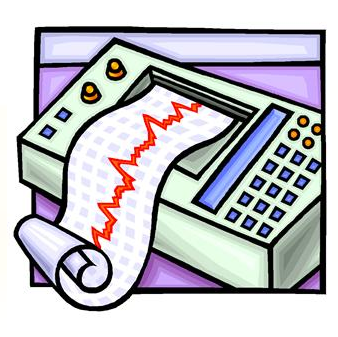Managing an eDiscovery Contract Review Team: Get a Handle on the Document Collection

Once you’ve defined the objectives of the review, you need to move forward with other preparation steps: You need to draft review criteria, you need to identify the type of people that are appropriate for the review (do you need a staff of attorneys? lay people? staff with expertise in a specific subject matter?), and you need to pull that team together.
Before moving forward with these steps, you need a bit more information. You need to know what’s in the document collection. You need to know what types of documents are in the collection and you need to know what type of content is in the documents. Once you’ve got a handle on the collection, you’ll be in a better position to make decisions on subsequent steps.
Start by interviewing custodians. You don’t need to talk to every custodian, but talk to a representative sample. For example, if you are collecting documents from a corporate client, speak to at least one person from each department from which you’ve collected documents. The person you speak to should probably be a manager or someone who has a good handle on the overall operation of the department. Find out about the department’s operations and determine its role in the events that are at issue in the case. Ask about the types of documents that are generated and retained. Information that you glean here will help in the next step: sampling the collection.
After you’ve collected information from the custodians, take a look at the documents. Review a representative sample. Look at documents from each custodian. Take notes on what you are finding and make copies of documents that can be used as examples to illustrate the criteria you’ll be drafting and to be used in training.
Your ultimate goal is to develop a set of objective rules that a well-trained staff can apply effectively and consistently to the collection during the review. The more you learn about the documents in advance, the better you’ll be able to do that. So spend the time up front learning what you can about what’s in your document collection.
Do you typically sample an eDiscovery document collection before a review? How did you approach it? Please share any comments you might have and let us know if you’d like to know more about an eDiscovery topic.







